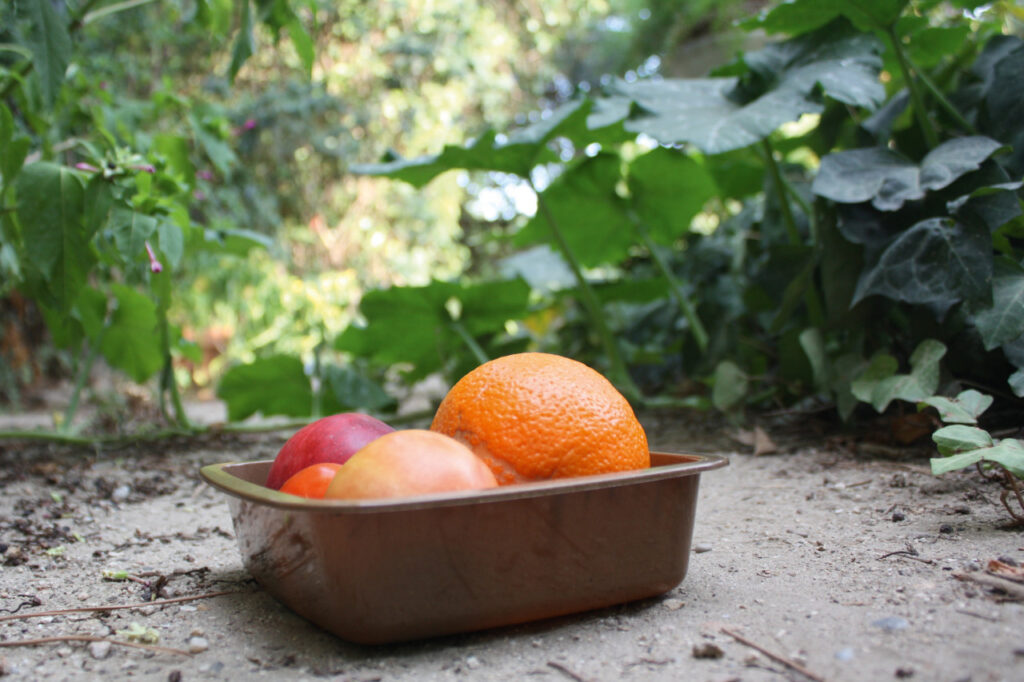[LUM#4] Pack green
How can we banish the ubiquitous plastic from our food packaging? In Montpellier, researchers are working on new, more planet-friendly materials.

Millions of tons of plastic float between two waters in the Pacific Ocean. A vortex of waste covering an area 6 times the size of France. This " seventh continent " of plastic is slowly degrading, with consequences for the environment that are still poorly understood. And we keep adding to it with every meal ...". Three quarters of all food packaging is made of plastic," explains Nathalie Gontard. Plastic takes 100 to 200 years to degrade, whereas its massive use only began 50 years ago ", explains the researcher at the Agropolymer Engineering and Emerging Technologies laboratory.
To reduce our footprint on the planet, she is working on the development of new, more environmentally-friendly packaging. " These plastics are derived from petroleum chemistry. Replacing them with materials derived from renewable resources and biodegradable under natural conditions is a long-awaited step forward in research ," emphasizes Nathalie Gontard. Although "bioplastics" already exist, they still pose a major problem: they are made from starch, which comes from food resources such as wheat, corn or potatoes. "It wouldn't make sense to starve one half of the planet to allow the other half to consume ecologically ," stresses the researcher.
From waste to packaging
What if we imagined packaging made not from food resources but... from our waste? A real challenge. There are some major constraints to be met: preserving the nutritional and organoleptic qualities of foodstuffs for as long as possible, to limit post-harvest losses. But they also have to be totally safe for the consumer, and have no impact on the environment.
As part of the European Ecobiocap project coordinated by Nathalie Gontard, researchers have risen to the challenge. They have developed a new generation of packaging based on residues from the agri-food industry. The ingredients of this revolutionary recipe: a polymer derived from the fermentation of liquid waste from the dairy industry, and lignocellulosic fibers derived from the grinding of wheat straw. By mixing everything according to a clever protocol and assembling it using innovative technologies, the researchers obtain a material that looks like a brother to plastic. In a totally biodegradable version.
Circular economy
The resulting tray is ideal for storing fresh fruit and vegetables. " Simply dispose of it in the compost bin with the rest of your food waste," explains Nathalie Gontard. A real revolution. For this innovation opens the way to a form of circular economy that would operate in a loop, generating no more waste. " We're creating a sustainable system that respects the planet, and we need to think in the long term," stresses the specialist.
These environmentally-friendly materials now face another hurdle: replacing petrochemical plastics in the packaging market. We need to identify the obstacles we may encounter," explains Nathalie Gontard. To this end, we have developed a decision-making tool designed for players in the industry . Today, only 1% of packaging is biodegradable, " the aim is to achieve zero non-biodegradable packaging ".
Packaging is innovation
The primary mission of packaging is to protect. " It guarantees food safety. Its role is also to create an atmosphere that helps preserve taste and nutritional qualities," explains Nathalie Gontard. In recent years, this role has been taken on by technological innovation, with the arrival of "active" and "intelligent" packaging.
- Active packaging helps slow down food degradation. Oxygen absorbers, for example, are commonly used to reduce the oxidation reactions of vitamins and essential fatty acids, thus prolonging the life of the food and its nutritional qualities. Anti-microbial, water-absorbing and CO2-emitting packaging also help to preserve foodstuffs for longer.
- Intelligent packaging provides real-time information on the condition of foodstuffs. Smart labels, for example, can detect the presence of pathogenic bacteria. They indicate whether the food is still good to eat, without the need to rely on an often arbitrary "use by" date, which leads to products that are still edible being thrown away. A perfect ally in the fight against food waste.
UM podcasts are now available on your favorite platforms (Spotify, Deezer, Apple podcasts, Amazon Music...).